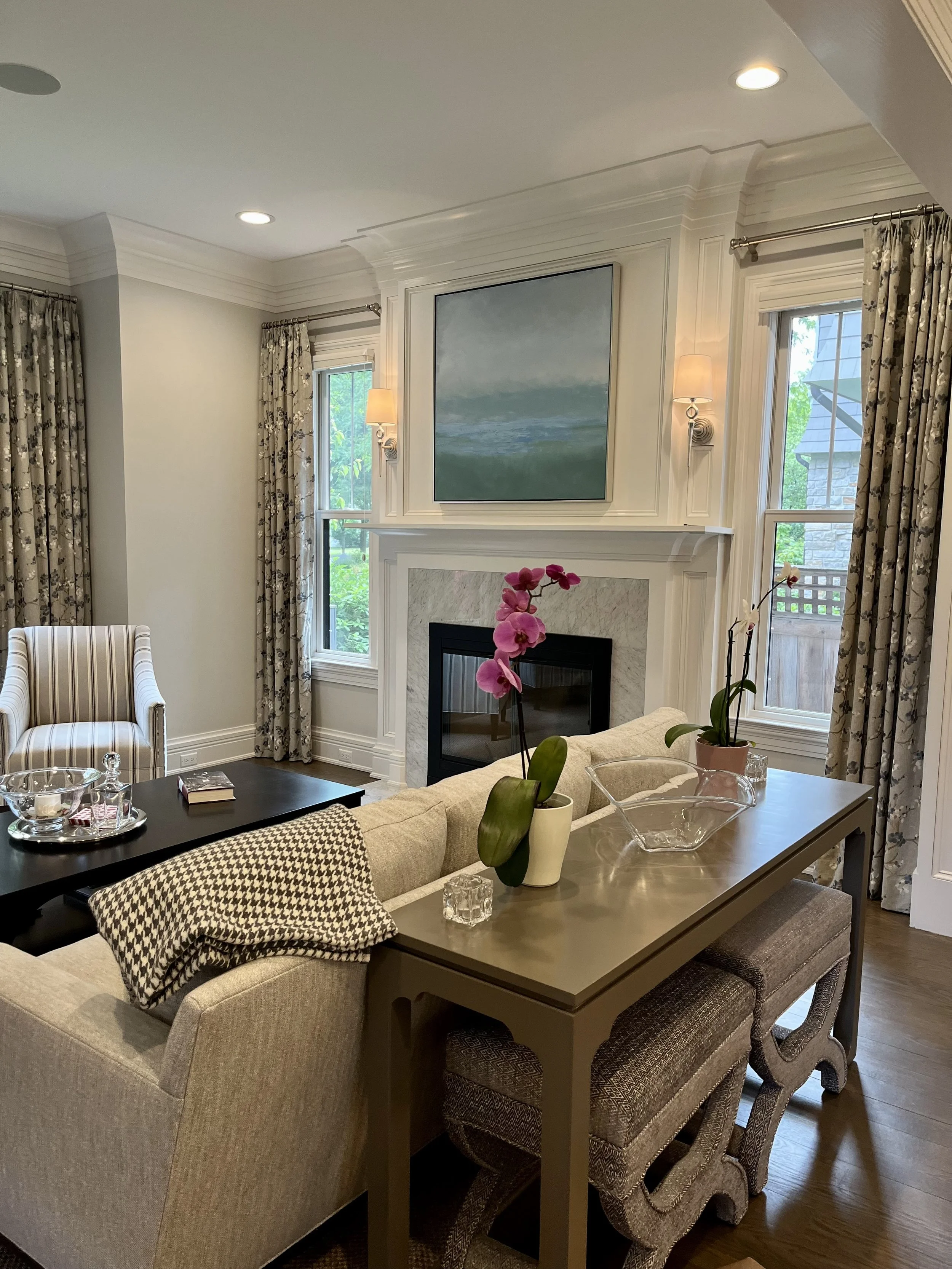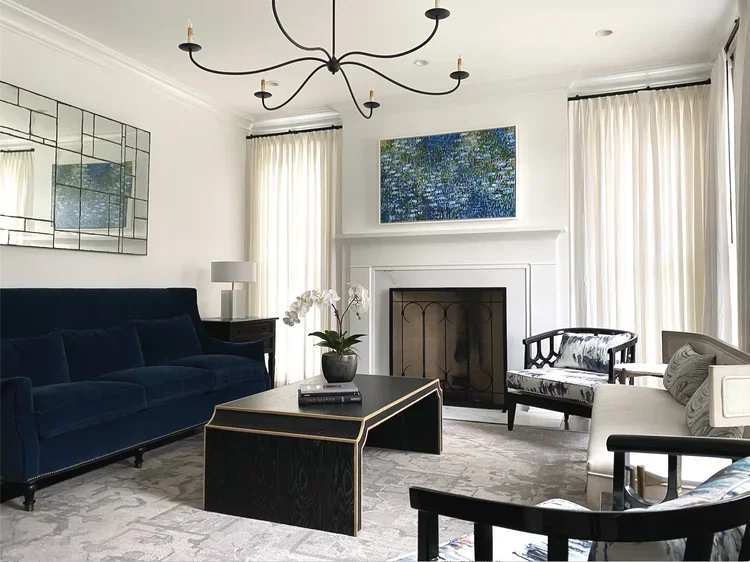The Importance of Art in Interior Design
When homeowners go about decorating their homes, they must focus on an overwhelming number of details. From furniture and wall color to flooring styles, and everything in between, there are so many decisions to make. What is often overlooked is artwork; it is frequently the last thing that is addressed and sometimes is not considered at all. We’ve been in many beautifully decorated homes that have no artwork on the walls. In this article, we highlight the importance of art in interior design, and how to best go about incorporating it into the design process.
Art serves to enliven the spaces it occupies, as much or more than most other design features. With this in mind, we believe that art should be a fundamental part of the design process, not the afterthought that it so often is. More specifically, art is essential because, perhaps more than any other aspect of a design, it provides a way for people to express themselves and their personality. Art speaks to the homeowner by eliciting an emotion and forming a connection. We believe that any artwork that a homeowner is attracted to will find a place in their home - art does not have to match the couch! Having said that, we recognize that people are often looking for a piece to fit a particular space in their home – over a mantel, above a couch, over a bed, etc. The search for art for a home should start early in the process, and may be a continual, long-term project, with homeowners purchasing pieces they love as they encounter them over time.
We have found that some homeowners are reluctant to purchase art, either on their own or with their designer’s help. From our experience, many people feel that they do not understand art and are hesitant to invest in it as a result. Often, they are unsure of their ability to select the “right” piece for their space, allowing the large number of options available to them to create indecisiveness. Some ways that to address this include creating a mock-up using technology like Photoshop or having people take home and live with the pieces for a few days before making a purchase. Both of these options, which we offer at the gallery, provide concrete examples of what the artwork would look like in a space, allowing homeowners to feel more confident and make more informed decisions. Additionally, especially if the designer is not involved in the art purchasing process, many galleries, including Vivid, can provide consulting services to help identify work that the homeowner responds to, as well as fit their space.
For designers, there’s value in incorporating art into the design process early. Art tells a story. It suggests a mood, a color family, a texture language. Designers can then use that story to make decisions about finishes, fabrics, and lighting so the space reads as a single, intentional composition rather than a collection of choices. Also, while design trends evolve over time, artwork generally survives such shifts because it is such a personal choice. To give this some additional context, mainstream design trends last on average between 1 and 3 years, while the average person lives in their home for 12 years. So, those homeowners who do not want to constantly make changes to their living space would be wise to forego design trends and invest instead in art and a complementary design that best reflects their tastes. By considering art as a design centerpiece instead of an afterthought, designers can not only provide their clients with an emotional connection to the design, but also allow themselves and their clients more flexibility for the future.
For a variety of reasons, many interior designers do not focus on artwork. It can take a long time to find art that resonates with clients, or designers may leave it to their clients altogether or provide “decorator art” in the interim period to fill the spaces until the homeowner finds art they love. Some designers have developed a “short list” of artists whose work they feel complements their designs and steer their clients towards those artists. Those designers who do incorporate art into their designs find that it can attract attention and additional clients because the art creates unique, highly personal designs.
So, how best to approach incorporating art in an interior design? First, treat art as an essential part of the process. Instead of looking at it as the “final touch,” approach art as the guiding force in the layout. Second, approach art with openness and curiosity. Look to art less as a decorative element that will have to change when the sofa is recovered, and more as an emotive experience that will speak to the homeowner for years to come.



